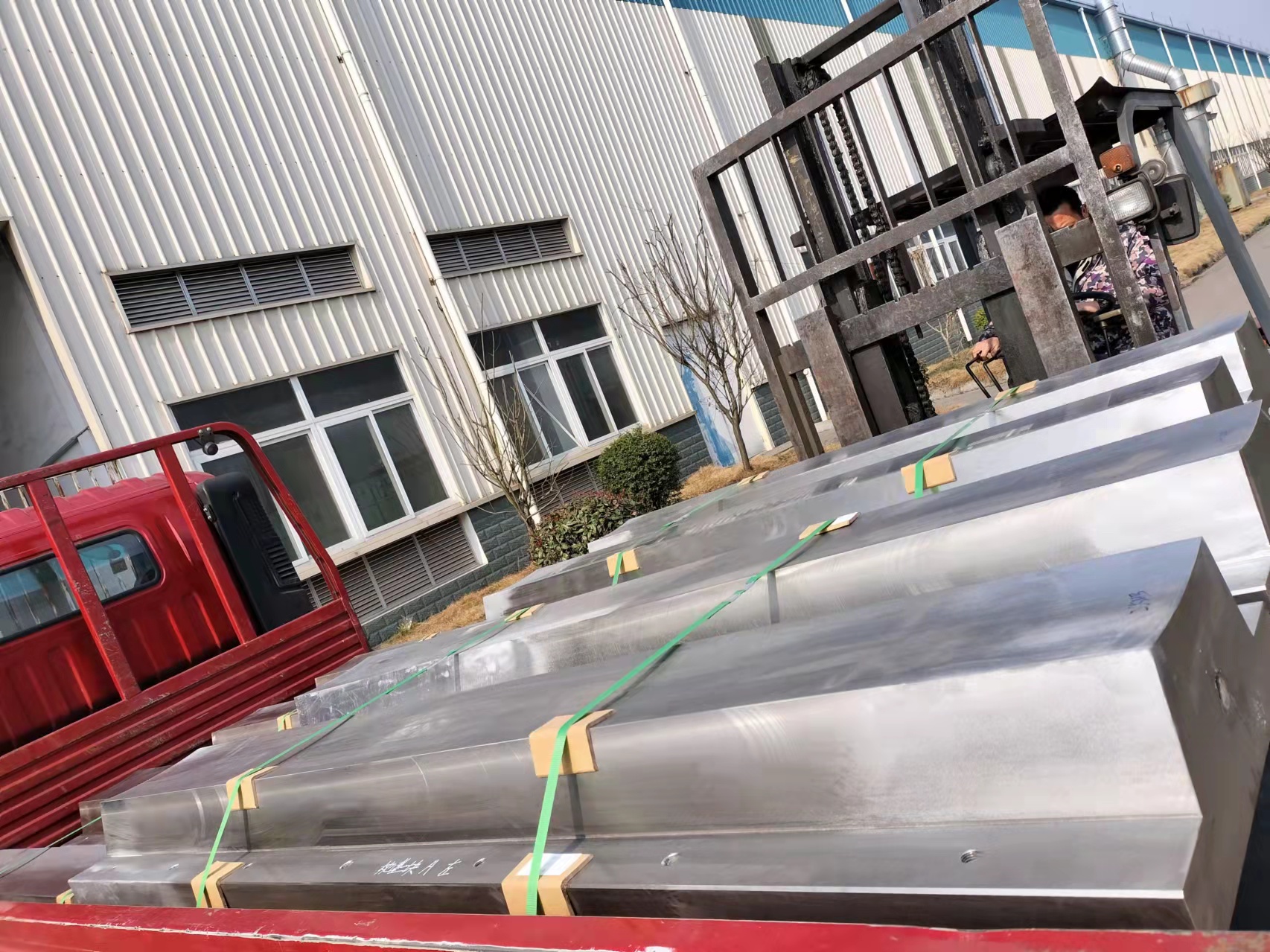Classification and use of F91 stainless steel forgings
2022-06-16
F91 is one of the various application branches of 91 steel. In ASTM and ASME standards, the steel series are distinguished by use:
A213 T91 Ferritic and austenitic boiler seamless steel tubes for superheater and heat exchanger
A182 F91 Wrought alloy steel tubes, flanges, wrought fittings and valves and other components for high temperature applications
A234 WP91 Wrought pipe fittings for Mild and high temperatures in Carbon and alloy steels
A200 P91 Seamless ferritic alloy steel pipe for petrochemical industry
A336 F91 steel forgings, alloy steel parts for high temperature and high pressure
A199 T91 Cold drawn alloy seamless steel tube for heat exchanger and condenser
A369 FP91 hollow tube forged from carbon steel and ferritic alloy steel at high temperature
A335 P91 Ferritic seamless steel pipe for high temperature pipeline
For example, the thermal strength of T91 is greater than or equal to 585Mpa, while that of WP91 is 590 -- 760Mpa. For example, there is a requirement for area shrinkage (> 40%) in forgings, but not in pipe fittings. These differences are small and easy to achieve. All series 91 steels are actually a modified grade of the original 9CR-1Mo steels with the addition of strengthened elements V,Nb,N, etc. Usually called martensitic heat resistant steel, but the American standard for Cr less than 10% as a ferritic series, so the name of the standard is still ferritic body type (in fact, the type of organization can be treated by different heat treatment process and get different phases, so there is no need to stick to the name). In China GB5310-95, the same kind of steel is 10Cr9Mo1VNb (seamless steel tube for high pressure boiler), compared with another brand of 1Cr9Mo1VNb in China, there is less N. What is really the same as American 91 steel is 1Cr9Mo1VNb(N) heat resistant steel.
F91 steel was developed by ORNL(Oak Ridge National Laboraty) in the 1970s, and listed in ASME in 1983 as SA213-T91. The purpose is to fill the gap between pearlite heat resistant steel and austenitic stainless steel used in the 600-650℃ temperature zone of the new soda pipe steel. Because of its excellent properties at room temperature, excellent durability and creep properties below 650℃, low linear expansion coefficient, good process property, low cost (alloy quantity 9.5-11.5%), excellent microstructure stability under long-term operation, it can be promoted and developed rapidly. In China, the pipeline test of P91 began at the beginning of the 1990s and was included in the standard in 95 years. At the end of the 1990s, it was gradually promoted for the forgings of the valve, tee and other pipe junctions and the industrial components with high heat resistance requirements that need to be used in the following occasions of 620℃.




